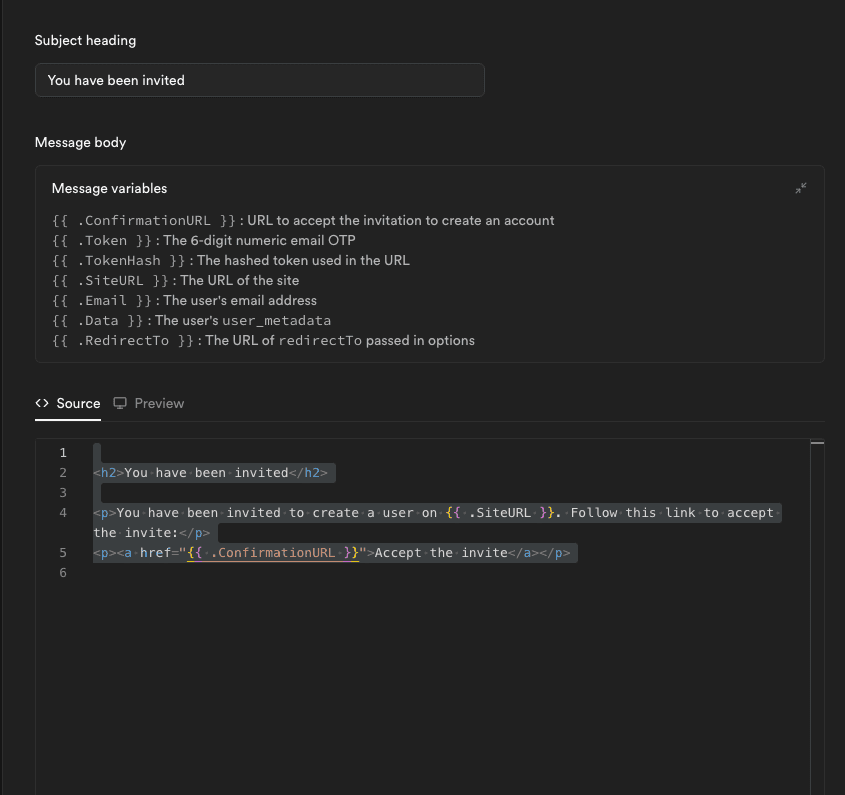
Getting Started 2
Next.js has revolutionized the way we build React applications. In this guide, we'll explore how to get started with Next.js and build your first application.

What is Next.js?
Next.js is a React framework that enables features such as:
- Server-side rendering
- Static site generation
- API routes
- File-system based routing
- Built-in CSS and Sass support
Prerequisites
Before we begin, make sure you have:
- Node.js installed (version 14 or higher)
- A code editor (VS Code recommended)
- Basic knowledge of React
Setting Up Your First Project
Creating a new Next.js project is straightforward:
npx create-next-app@latest my-app cd my-app npm run dev
Project Structure
A typical Next.js project structure looks like this:
my-app/ ├── pages/ ├── public/ ├── styles/ ├── components/ └── package.json
Key Features
1. File-System Based Routing
Next.js uses the file system for routing. For example:
// pages/about.js export default function About() { return <h1>About Page</h1>; }
2. API Routes
Create API endpoints easily:
// pages/api/hello.js export default function handler(req, res) { res.status(200).json({ message: "Hello World!" }); }
Best Practices
-
Use Static Generation when possible
- Better performance
- Lower server costs
- Better SEO
-
Optimize images
import Image from "next/image"; function MyImage() { return ( <Image src="/my-image.jpg" alt="Description" width={500} height={300} /> ); } -
Implement proper SEO
- Use metadata
- Implement proper heading structure
- Add OpenGraph tags
Conclusion
Next.js provides an excellent foundation for building modern web applications. By following these guidelines, you'll be well on your way to creating performant and scalable applications.
Remember to check the official documentation for more detailed information and advanced features.